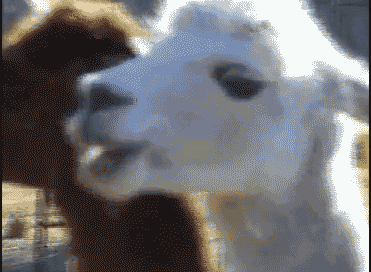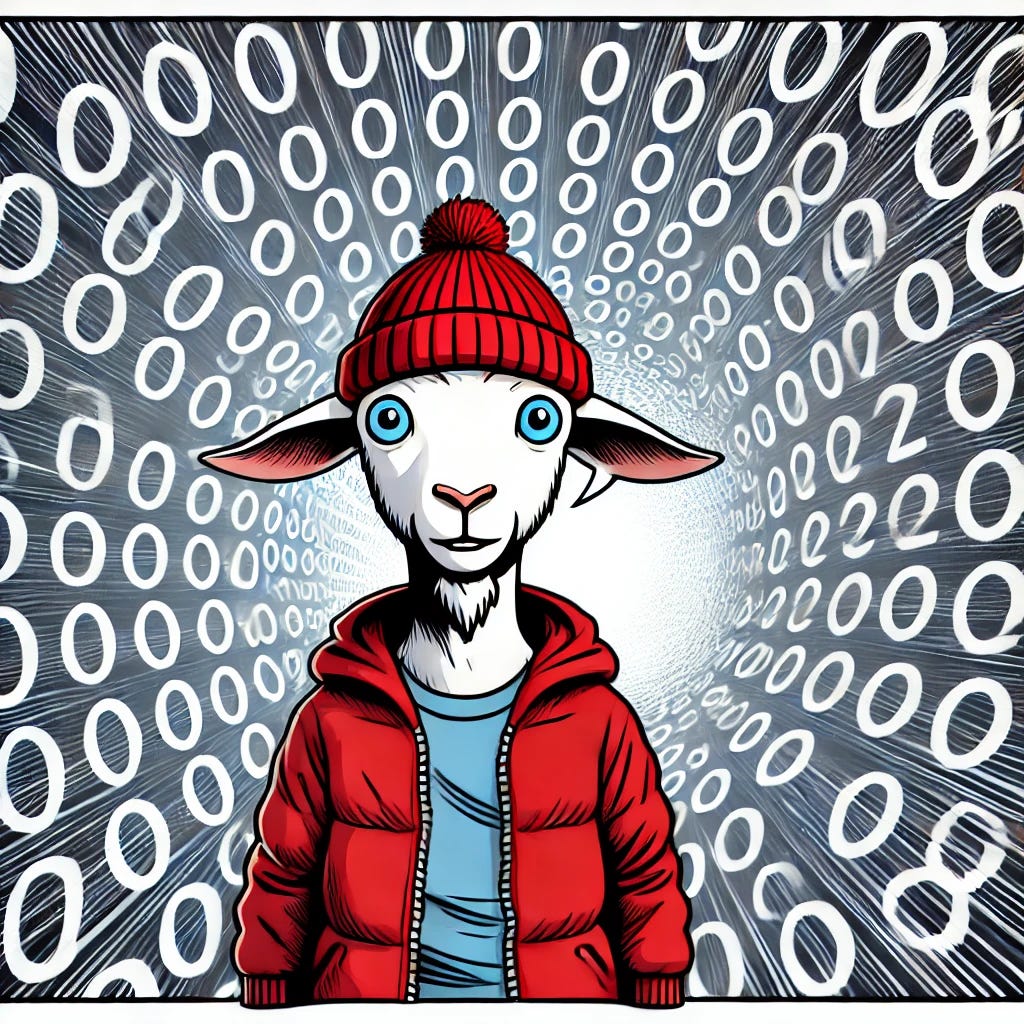Big numbers are funny. I remember learning about a googol—that’s not a Google, but instead a one followed by a hundred zeroes. I certainly did not learn about this number in math class, because the math kids do doesn’t require any number nearly so gargantuan, and virtually nobody ever thinks in numbers that big.
Instead, it was probably a bit of trivia from a fellow student in elementary or middle school. For a while there, I felt pretty good about knowing about a number that was so ridiculously big as to be utterly useless, that I could pretty much always one-up someone who didn’t know what a google was.
Then, along came the googolplex. Once again, I have to clarify: this is not the Googleplex. Instead, a googolplex is a 1 followed by a googol of zeroes.
As stupefyingly tiny as a googol makes a million or a billion sound, a googolplex makes a googol look as a grain of sand against all the beaches on all the planets we’ve ever found.
Still with me?
OK, good. I mentioned sand (no, not that Sand), and I’ve recently observed that there are roughly 1020 atoms in a single grain of sand. Ten raised to the 20th power is just another way of saying 1 followed by 20 zeroes. You can test this if you want right now by multiplying 10 by itself twenty times if you want to check the math, but you really don’t need to: others have tested this out before you. It works!
A googol is a 1 followed by 100 zeroes, not a mere 20 of them, so you have to multiply that number (of atoms in a grain of sand) by 10 another 80 times to get to a googol. The only problem is that this number isn’t just tough for us to imagine; it’s tough for us to find things in nature where the number is even useful.
Here’s what I mean: there are estimated to be roughly 1080 atoms in the observable universe. This is insane because we already know that there are 1020 atoms in a grain of sand, and we know that there are lots and lots and lots of grains of sand on our planet alone. We know that sand isn’t the only thing that has atoms—in fact, sand is such a minuscule amount of all the matter in the known universe as to be virtually zero in the grand scheme.
1 followed by 80 zeroes is a very big number! And yet, even if there were ten times as many atoms out there, you’d still need to multiply that number by ten another 19 times to get to a googol.
Ten times! That’s not at all trivial when you’re thinking about the day to day experience in your own life, is it?
Let’s make it real for you: imagine adding an extra zero to your bank account balance. Maybe you won the lottery, or maybe you just happened to come across some money in some unexpected way, but your bank account is now nicely padded, isn’t it? Add another zero, and your quality of life almost certainly changes. Add another couple of zeroes, and you might have the wealth and power of a nation-state.
Add 19 zeroes and you have stupid money. A trillion dollars is more than any one human has ever had, and it’s an absurd sum in and of itself. Yet, a trillion is a one followed by twelve zeroes. You need to have a hundred million stacks of a trillion dollars if you want to visualize what 1020 looks like.
That’s only 1020, too. We need to multiply that number by 10 again, then again, and then again, all the way up to sixty more times just to get to the total number of atoms in the universe… then, we need to keep going, multiplying that number by ten, and then repeating that action another 19 times to get to our cherished googol.
Now, take that absolutely mad number—larger than the number of atoms in the universe by 1020 (a trillion times a hundred million). Hold that googol in your mind as best you can for another moment.
That’s the number of zeros we have to write in order to represent a googolplex. We need to write a hundred million trillion times more zeros than there are atoms in the observable universe in order to represent the number mathematically, to say absolutely nothing about intellectually grasping how much bigger a googolplex must be than a googol.
There are numbers that make the googolplex look like a tiny dot in a Vatican-sized Where’s Waldo painting, but I’m going to give our big number brains a rest for the rest of the day.
Do you remember the first time you were told about any large numbers? I can’t remember the first time I heard about billions or trillions, but I suspect it was some time in my elementary school days. In the 21st century, those numbers have become much more common to our ears, as there are now thousands of billionaires, and several trillion-dollar companies.
How about googol and googolplex? Were these already on your radar before today? If so, can you remember where you first heard about these brain-benders?







I feel like you are just trying to hurt my brain with this post.
Wow Andrew, as usual you knocked it outta the park, but this post... POOF! goes my brain. Just staggering and I've read it a couple times and still can't wrap my pea brain around it. You pick such good topics!!